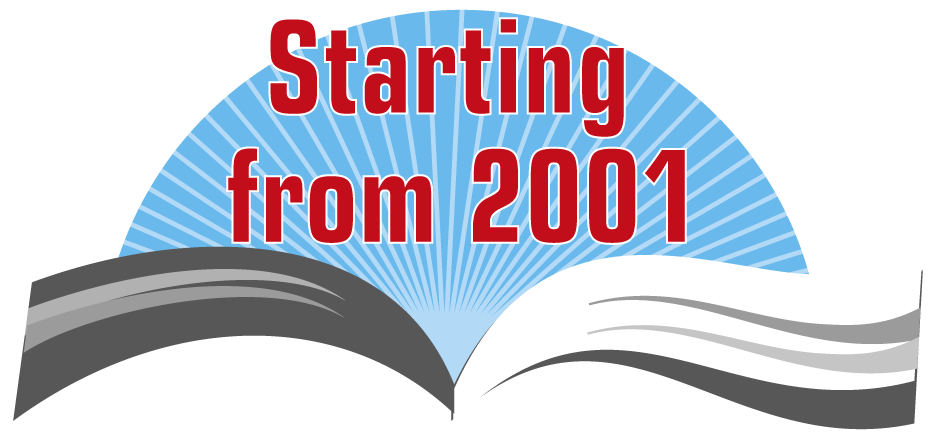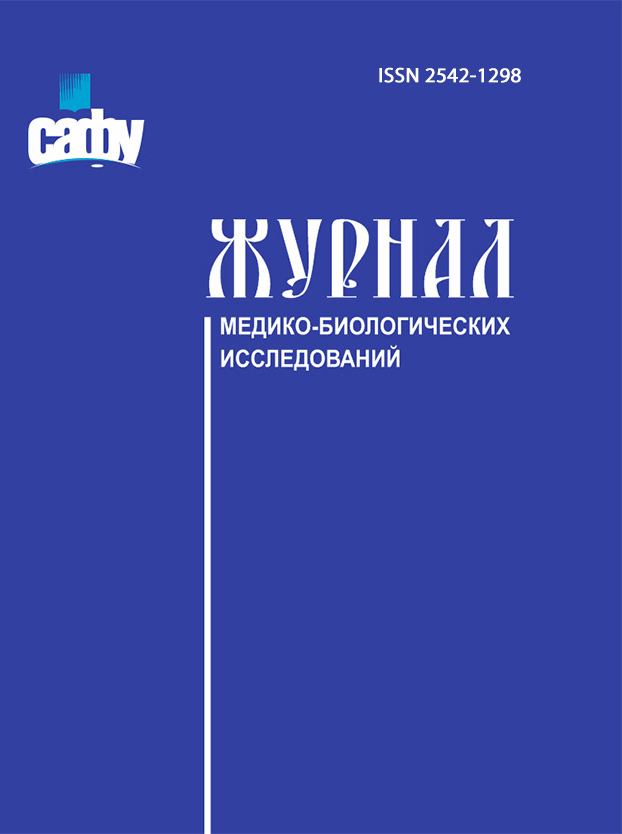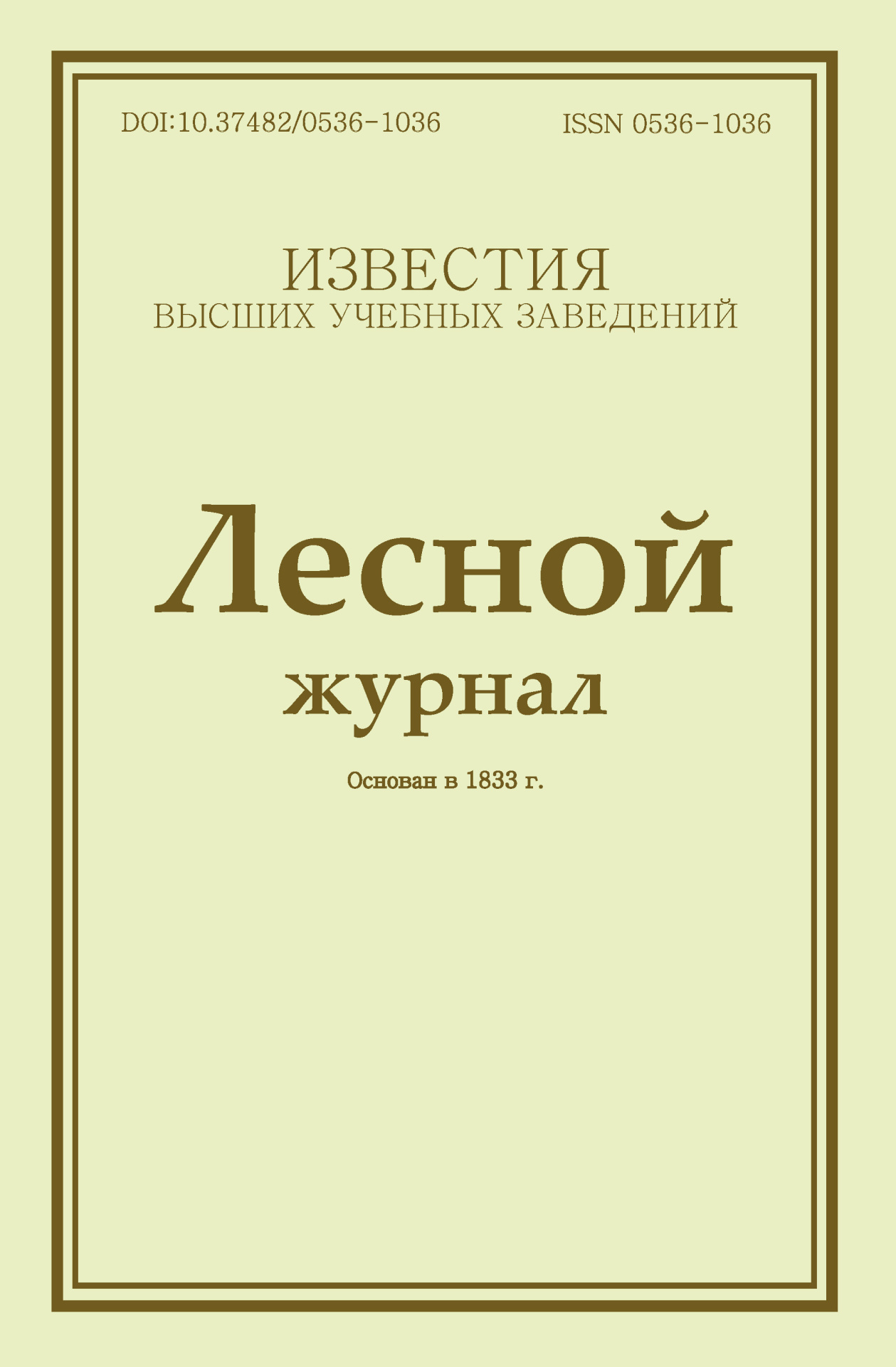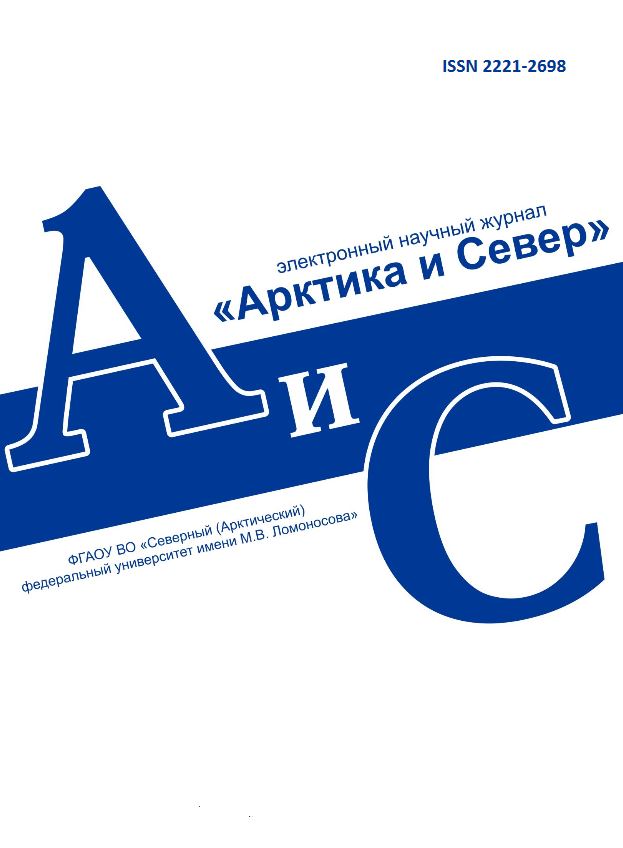
Vestnik of Northern (Arctic) Federal University.
Series "Humanitarian and Social Sciences"
ISSN 2227-6564 e-ISSN 2687-1505 DOI:10.37482/2687-1505
Legal and postal addresses of the founder and publisher: Northern (Arctic) Federal University named after M.V. Lomonosov, Naberezhnaya Severnoy Dviny, 17, Arkhangelsk, 163002, Russian Federation Editorial office address: Vestnik of Northern (Arctic) Federal University. Series "Humanitarian and Social Sciences", 56 ul. Uritskogo, Arkhangelsk
Phone: (8182) 21-61-20, ext. 18-20 ABOUT JOURNAL |
Section: Philology Download (pdf, 1.6MB )UDC81’37=512.157+81’37=512.132AuthorsMalysheva Ninel VasilyevnaPostgraduate Student, Institute of Languages and Cultures of the Peoples of the Northeast, North-Eastern Federal University named after M.K. Ammosov (Yakutsk, Russia) AbstractThe paper presents a comparative research of the interrelation of the Yakut and Uyghur languages in terms of nouns denoting natural phenomena and objects of landscape. In this research, quantitative- statistical and structural-semantic features of lexical parallels are studied in detail. The stability and variability of lexical meanings of reflexes in concrete structural types are studied. The problem of historical vocabulary and historical phonology of the Yakut language is worked out; separate words in the Yakut-Uyghur parallels, borrowed from the Mongolic and Tungusic languages, are analyzed. The analysis is based on the comparative and contrastive methods of studying the vocabulary, which allows us to establish true Yakut-Uyghur parallels, stages and nature of loans, as well as the relationship of phonosemantic and phonetic features. Mathematical and structural methods were used, allowing one to define the total of the Yakut-Uyghur lexical reflexes denoting natural phenomena and objects of landscape. In order to establish the historical connection of the Yakut and Uyghur languages, the author partially used the glottochronological method.Keywordslexico-semantic group, Yakut language, Uyghur language, Yakut-Uyghur parallels, phonologic characteristics, phonosemantic changes, stability of lexical meaningsReferences
|
Make a Submission
INDEXED IN:
|
Продолжая просмотр сайта, я соглашаюсь с использованием файлов cookie владельцем сайта в соответствии с Политикой в отношении файлов cookie, в том числе на передачу данных, указанных в Политике, третьим лицам (статистическим службам сети Интернет).






